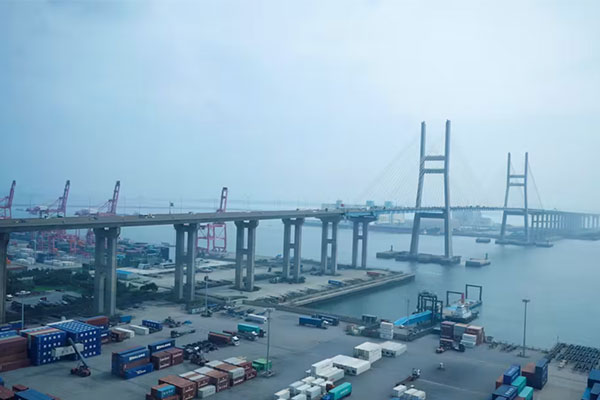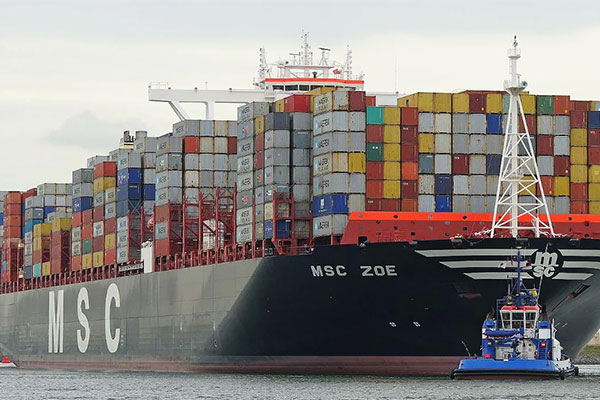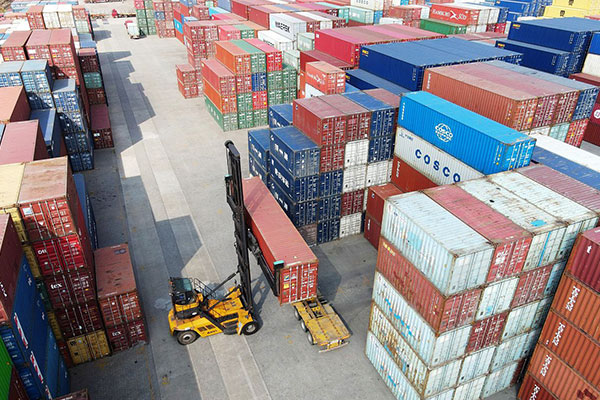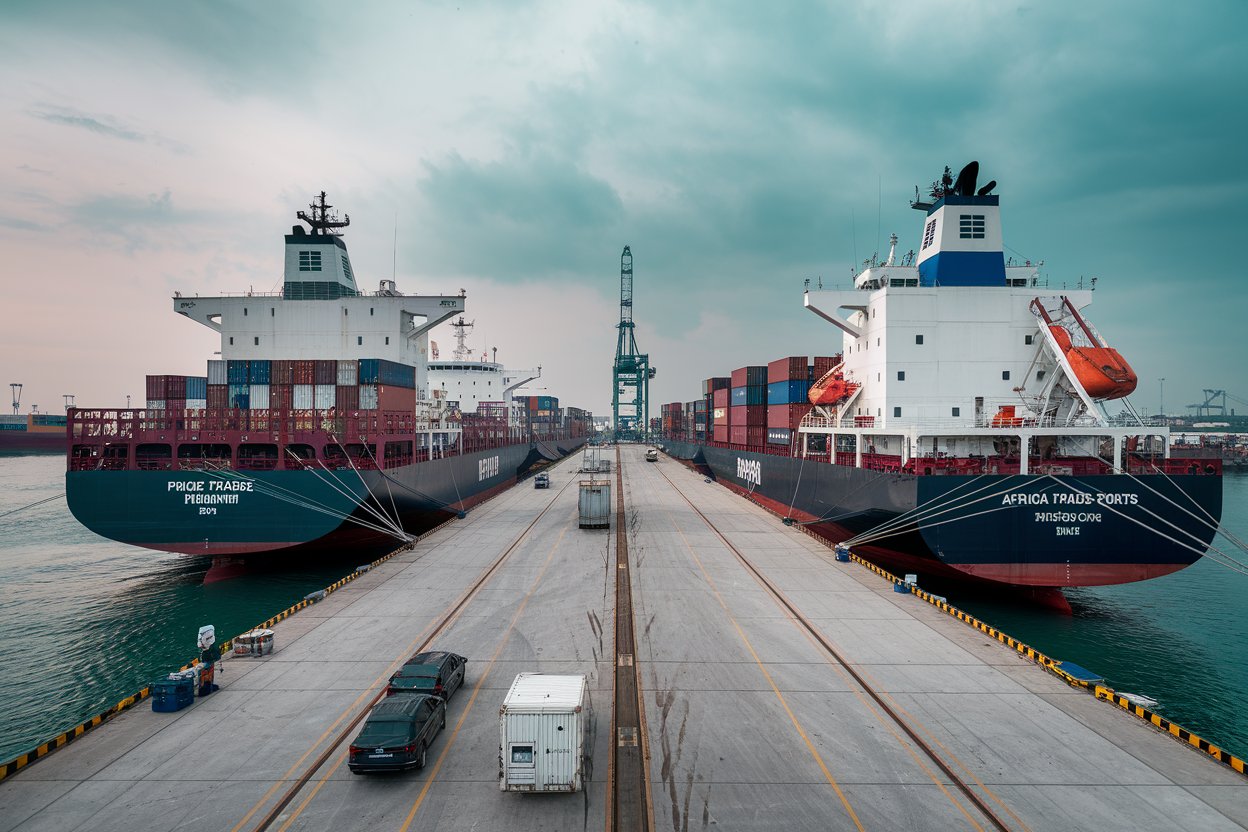- Shanghai Zhongshen International Trading Co., Ltd. – Your reliable partner with 20 years of import/export agency service expertise.
Cross-border E-commerceTariffs and taxes in business operations are part of the tax system managed by customs. Tariffs are taxes levied on imported goods and serve as a measure to protect the competitiveness of domestic products. Taxes refer to other levies on imported goods besides tariffs, such as consumption tax and value-added tax (VAT).

Discover strategic methods to reduce import duties and optimize tax expenses for cross-border sourcing. Learn to navigate international trade regulations and cut manufacturing supply chain costs effectively for greater profitability.
To reduce tariff and tax expenses in cross-border e-commerce, consider the following approaches:
Accurate product description: Precise product naming can reduce the likelihood of customs inspections.
Correct origin declaration: Declare the origin of goods in compliance with customs regulations to minimize the risk of tax authority investigations.
Accurate pricing: Report the correct product price to avoid increased tariffs due to inaccurate pricing.
Sufficient certification documents: Such as CE certification, FDA certification, etc. These documents can help lower tariff and tax costs.
Proper packing list: Provide a detailed packing list to help customs determine product quantity, value, and composition, thereby reducing tariffs and taxes.
By implementing these measures, you can reduce tariff and tax expenses and ensure the smooth operation of your cross-border e-commerce business.
Related recommendations
- 設(shè)備出口代理服務(wù)商選擇的五大黃金法則
- 揭秘紅酒進(jìn)口代理的利潤密碼:如何優(yōu)雅地賺取每一分錢?
- Can your equipment export partners withstand customs spot checks?
- You want to sell purifiers to Bremerhaven without having the right to export? Zhong Shen International Trade Co., Ltd. will collect the US dollars for you
- Can you secure the order from Bremen even without import and export rights? Get the CE tax rebate in just one step!
Resources
Contact Us
Email: service@sh-zhongshen.com
Related recommendations
Contact via WeChat

? 2025. All Rights Reserved.









